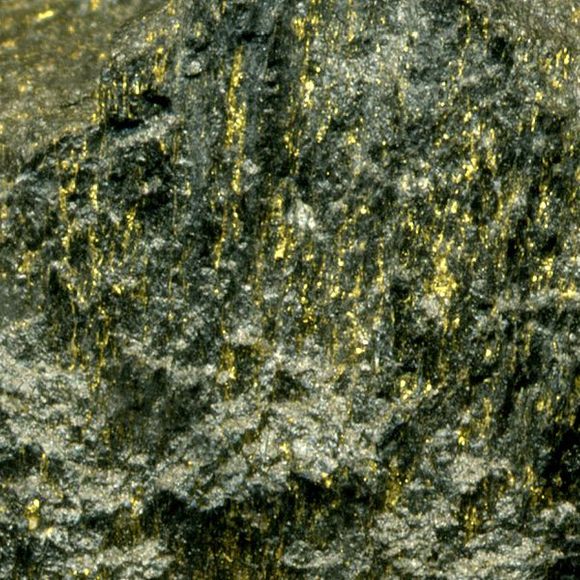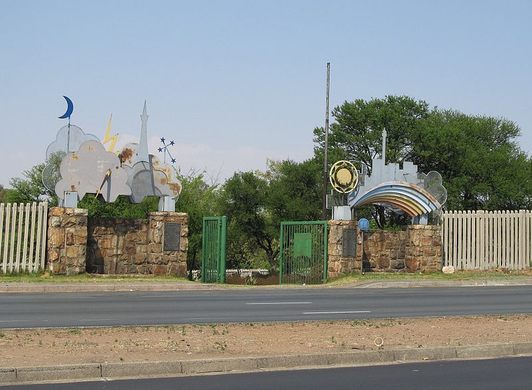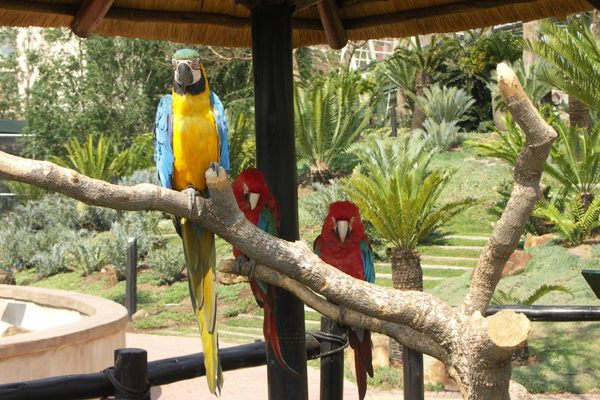Witwatersrand Basin
It's estimated that half of the world's gold was mined from South Africa's "golden arc."
In 1886, after years of rumors, legends, and smaller discoveries, it was definitively established that there was a huge, rich deposit of gold under the Witwatersrand, a rocky ridge in South Africa.
South Africa is famous for its rich deposits of gold, the vast majority of which come from the Witwatersrand Basin, an underground geological formation believed to have once been the floor of a prehistoric sea where rivers deposited their sediments, forming gold and other minerals.
The basin holds the richest reserve of gold ever discovered the world. Over 2 billion ounces of gold have been mined from its goldfields since their discovery in the late 19th century. It’s estimated that 40 to 50 percent of the all the world’s gold ever mined has come from Witwatersrand.
The underground basin reaches the surface at a the Witwatersrand ridge, the namesake of the basin and the surrounding gold-rich region (Witwatersrand means “White Waters Ridge” in Afrikaans.) At this outcrop, near what is now Johannesburg, a layer of the basin forms a long ridge that several rivers run over, creating waterfalls.
The basin stretches in an arc across 250 miles, from Johannesburg to Welkom, containing gold-bearing reefs along the northern and western margins. The discovery of the so-called “golden arc” kicked off a massive gold rush, which led to the establishment of Johannesburg. Within 10 years it became the biggest city in South Africa.
The mines in the Witwatersrand Basin are some of the deepest in the world, tunneling miles below the surface. The deepest mine, Mponeng, tunnels 2.5 miles below the surface, and houses the world’s tallest elevator, which can go down more than 7,000 feet in three minutes, traveling up to 40 miles per hour. As the gold is extracted, the mines had to be dug deeper to keep the supply up. In certain places, it can take miners two hours to get from the surface to the depths of the mine, where they face extraordinarily dangerous conditions. Gold mining has been on the decline since the 1980s, which has had a huge impact on the economic health of the region that has long glittered with gold. Today, there are just 120,000 remaining workers in the once immensely profitable gold industry in South Africa.
Community Contributors
Added by
Edited by
Plan Your Trip
The Atlas Obscura Podcast is Back!




















Follow us on Twitter to get the latest on the world's hidden wonders.
Like us on Facebook to get the latest on the world's hidden wonders.
Follow us on Twitter Like us on Facebook